Snow
I'm back in New York now.

Being home was great, as always. It's nice to be able to slow down for a while.
But you can keep reality at bay only so long.


Reality is quite good by the way.
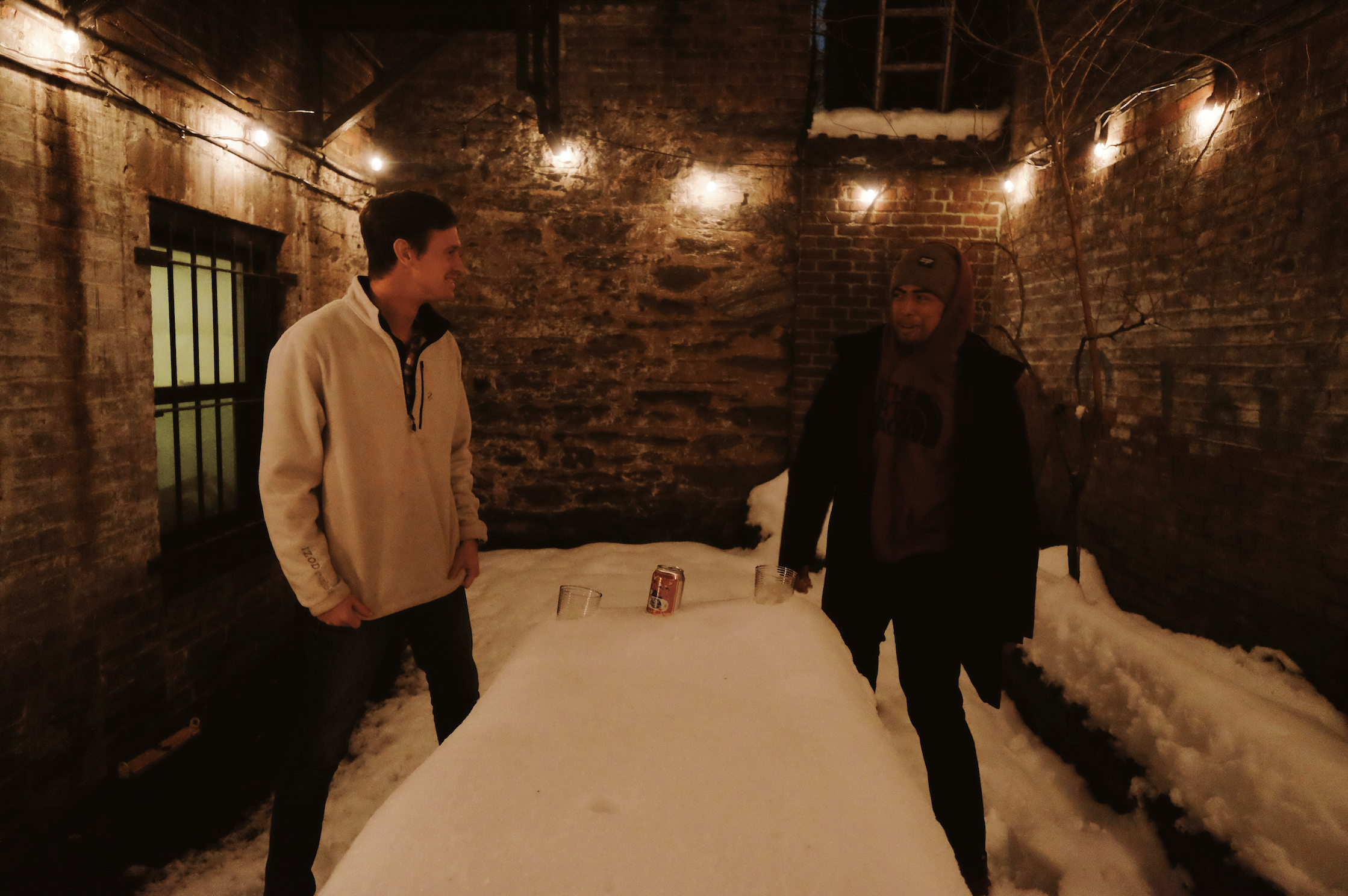
I'm studying things I'm genuinely interested in, working on projects that will hopefully make a difference somewhere, and living with in an awesome place with great people.
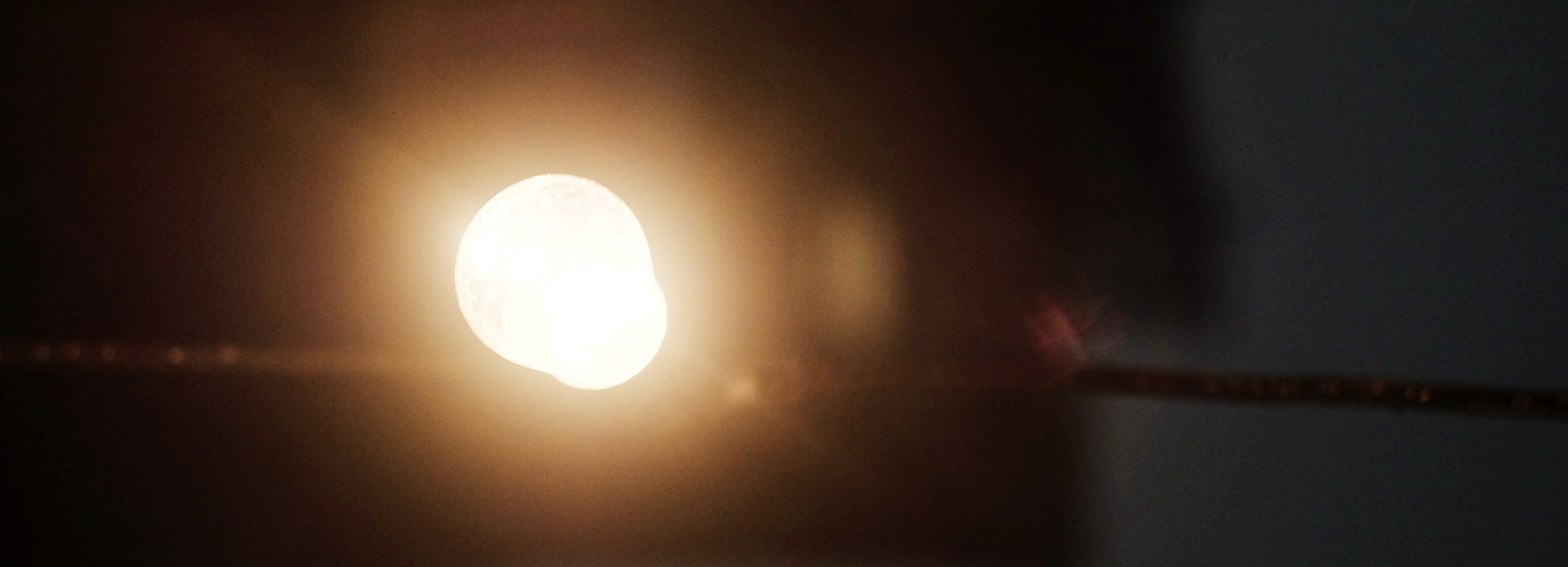
There isn't much room for complaints.
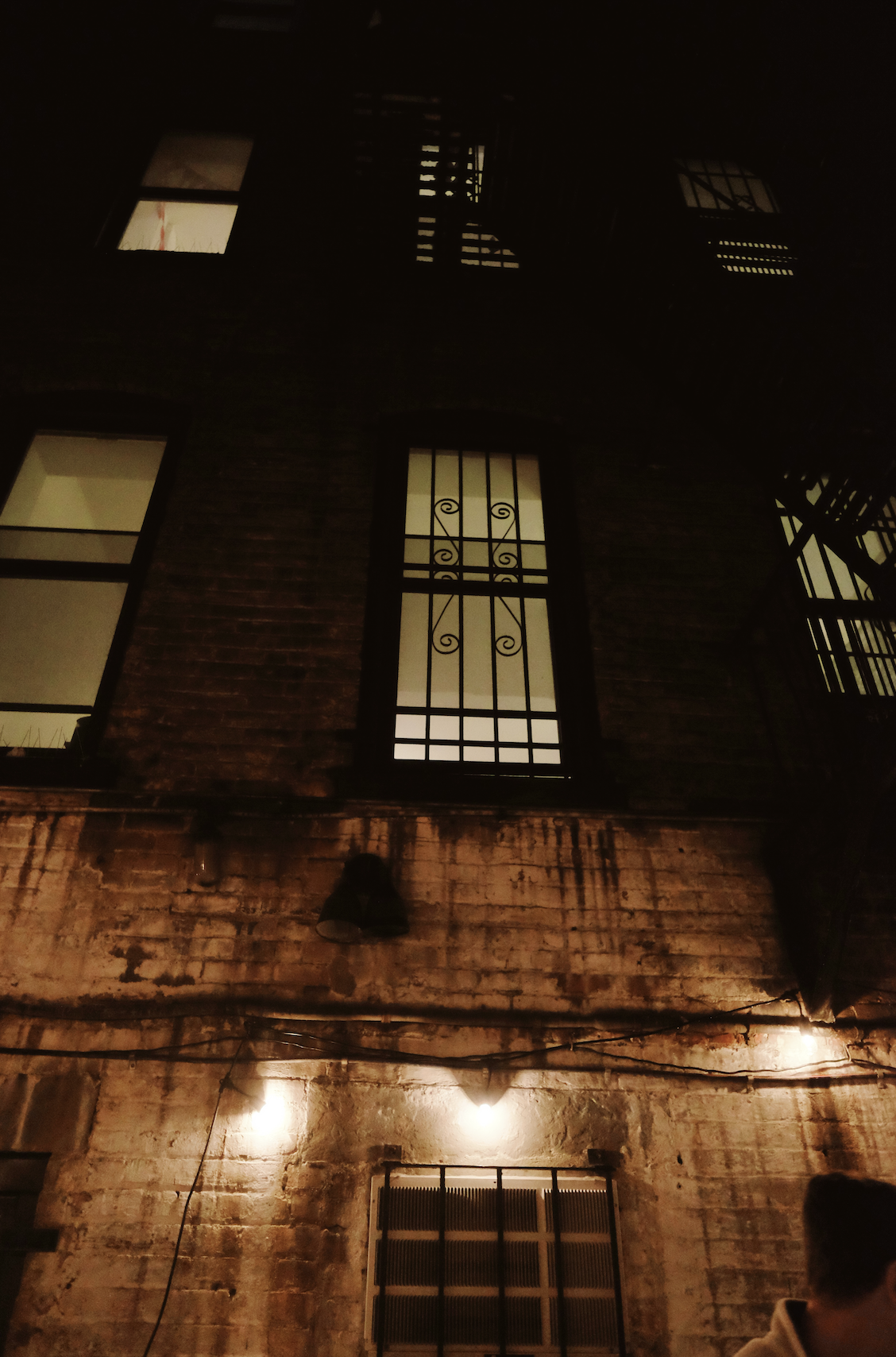
This semester I'm taking classes on deep learning, environmental data analysis and modeling, and brain computer interfaces.
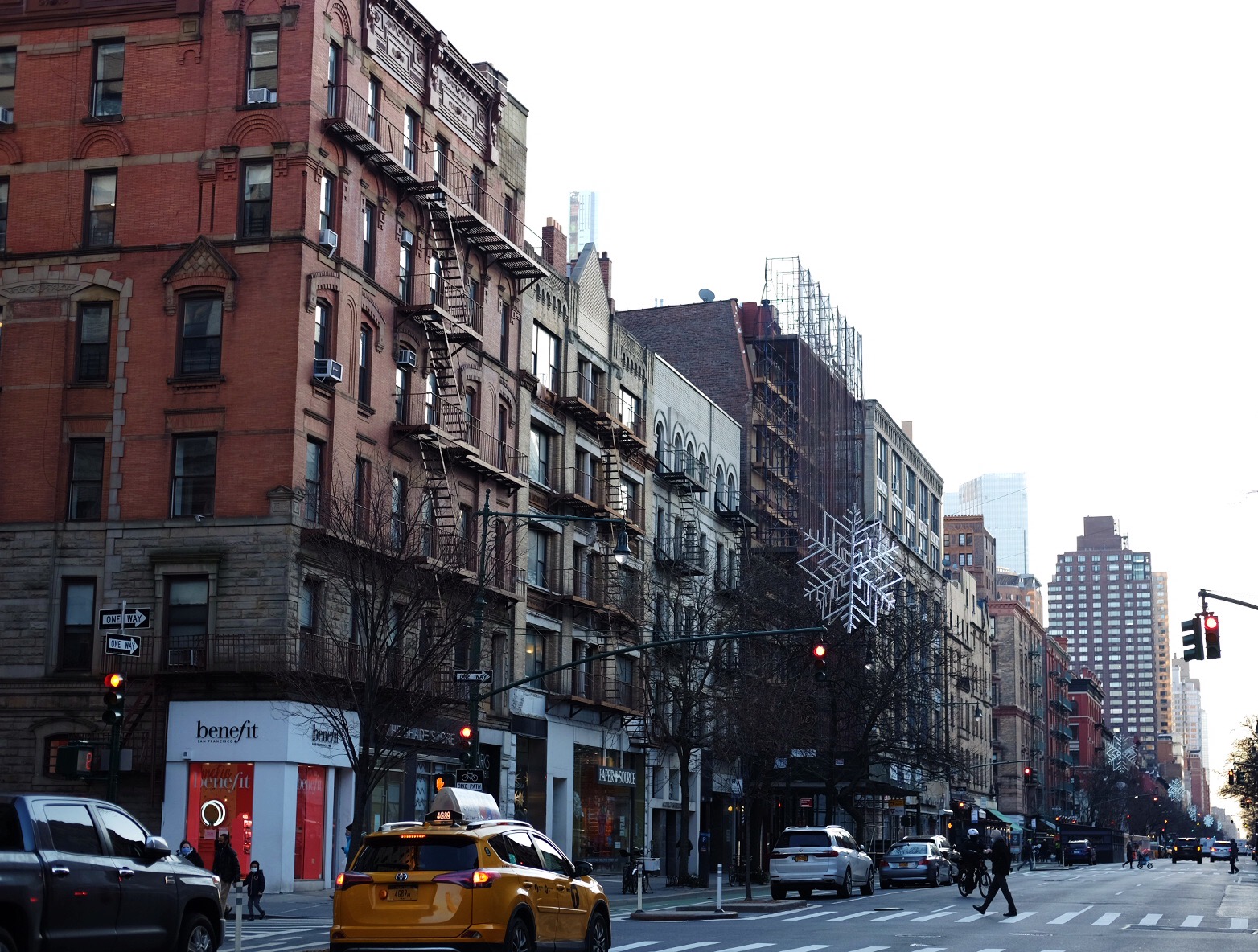
I'm also writing code for a social media startup and working on an experiment that's going to the ISS.
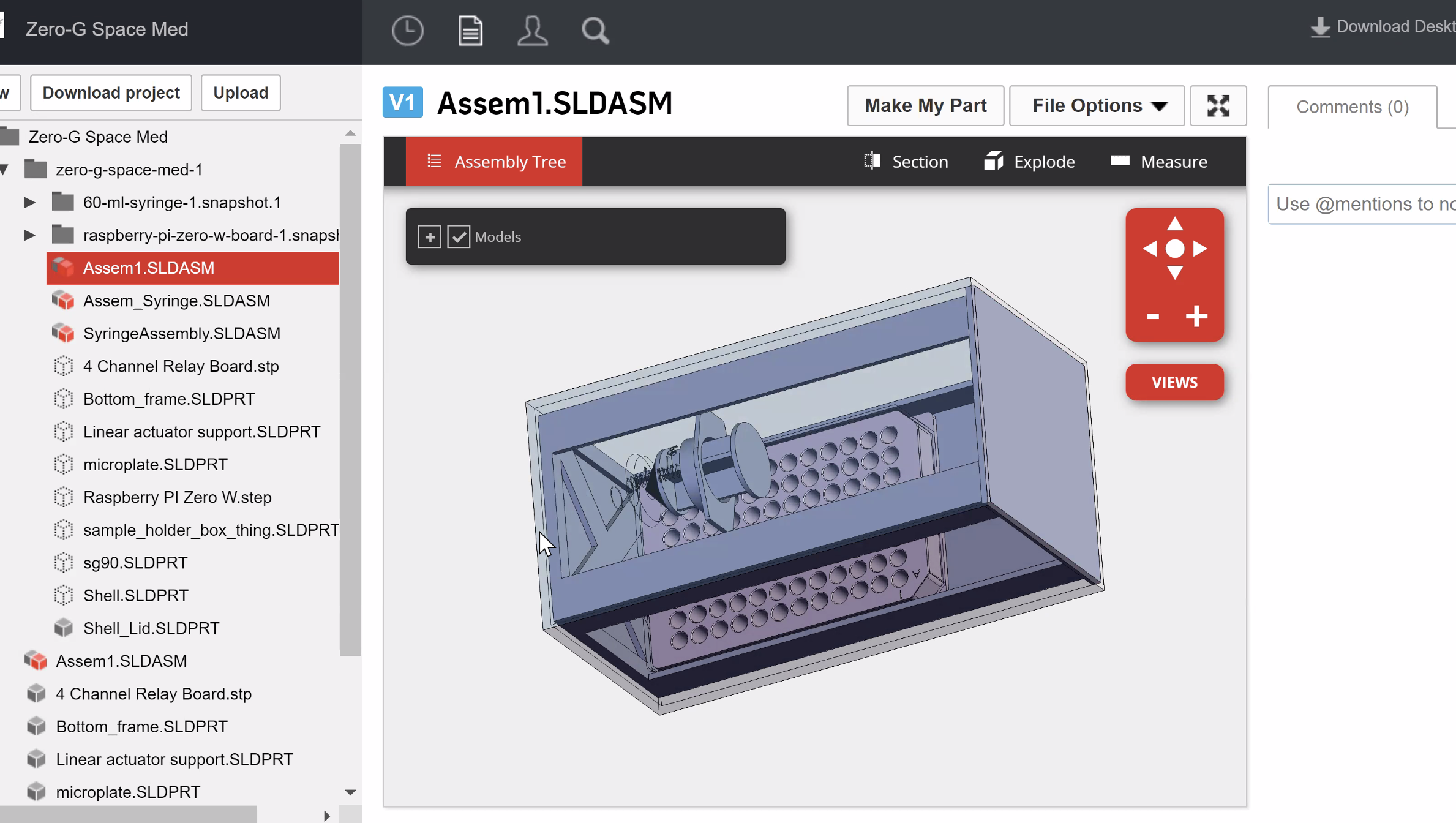

Needless to say, my days are full, as they should be.

New York is starting to feel more familiar and predictable, which makes it easier to enjoy the nuances of things that happen day to day.
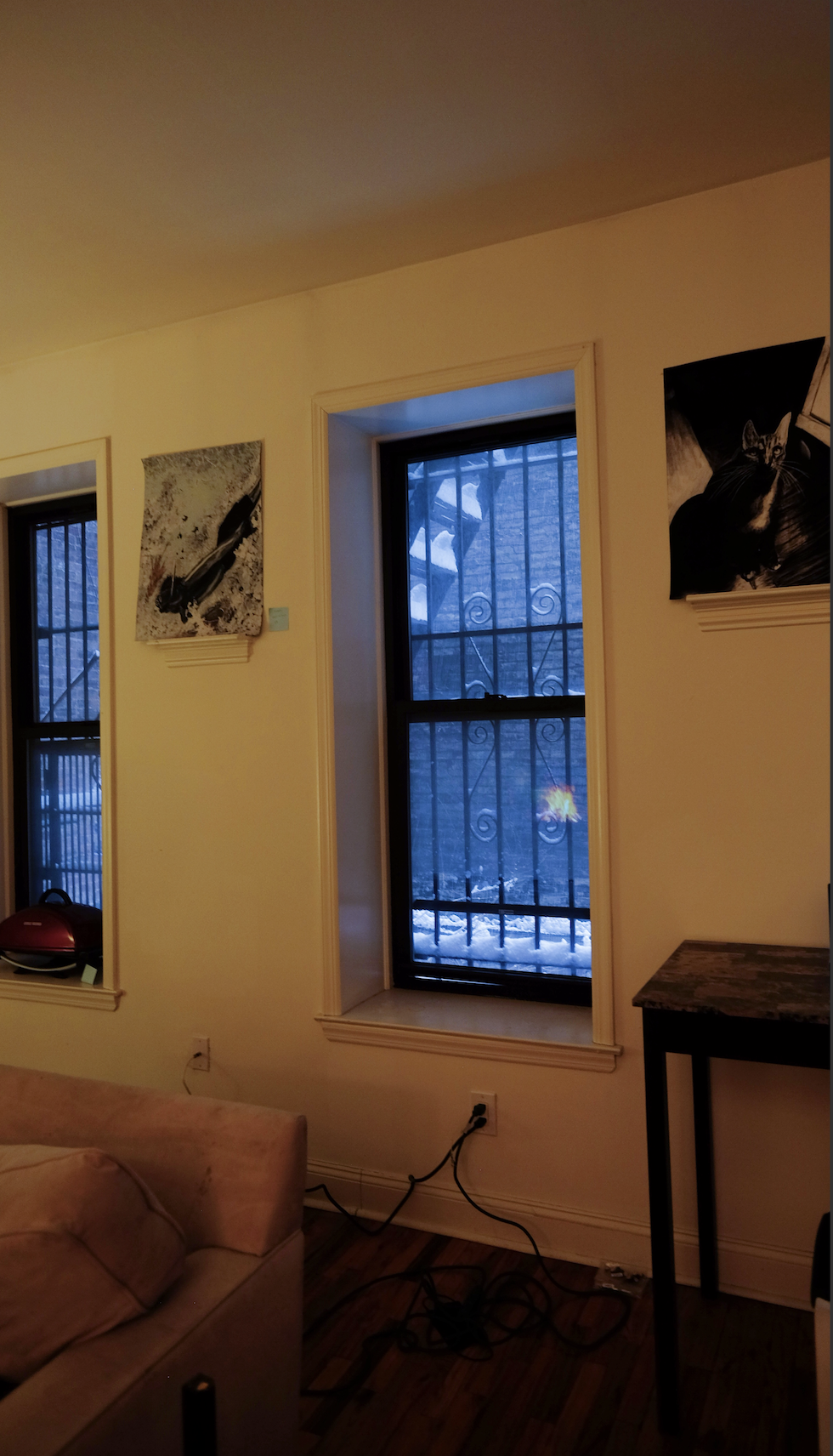
And it leaves more energy for tackling the important things.
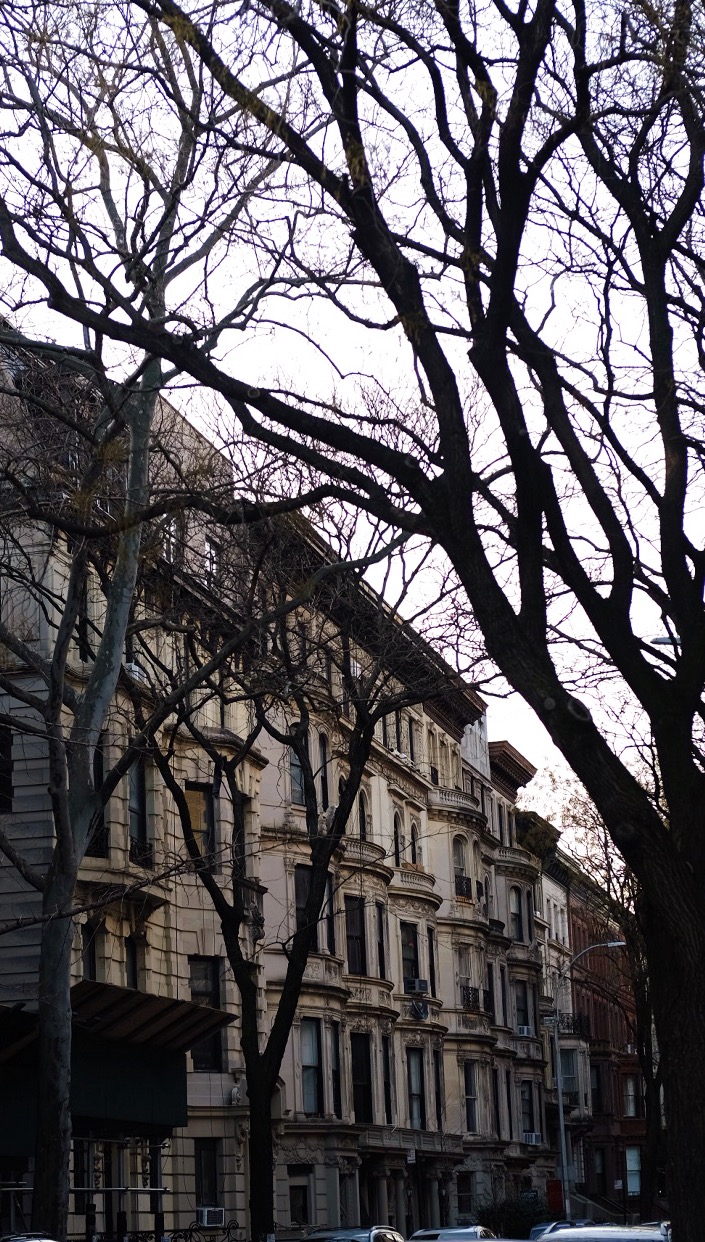
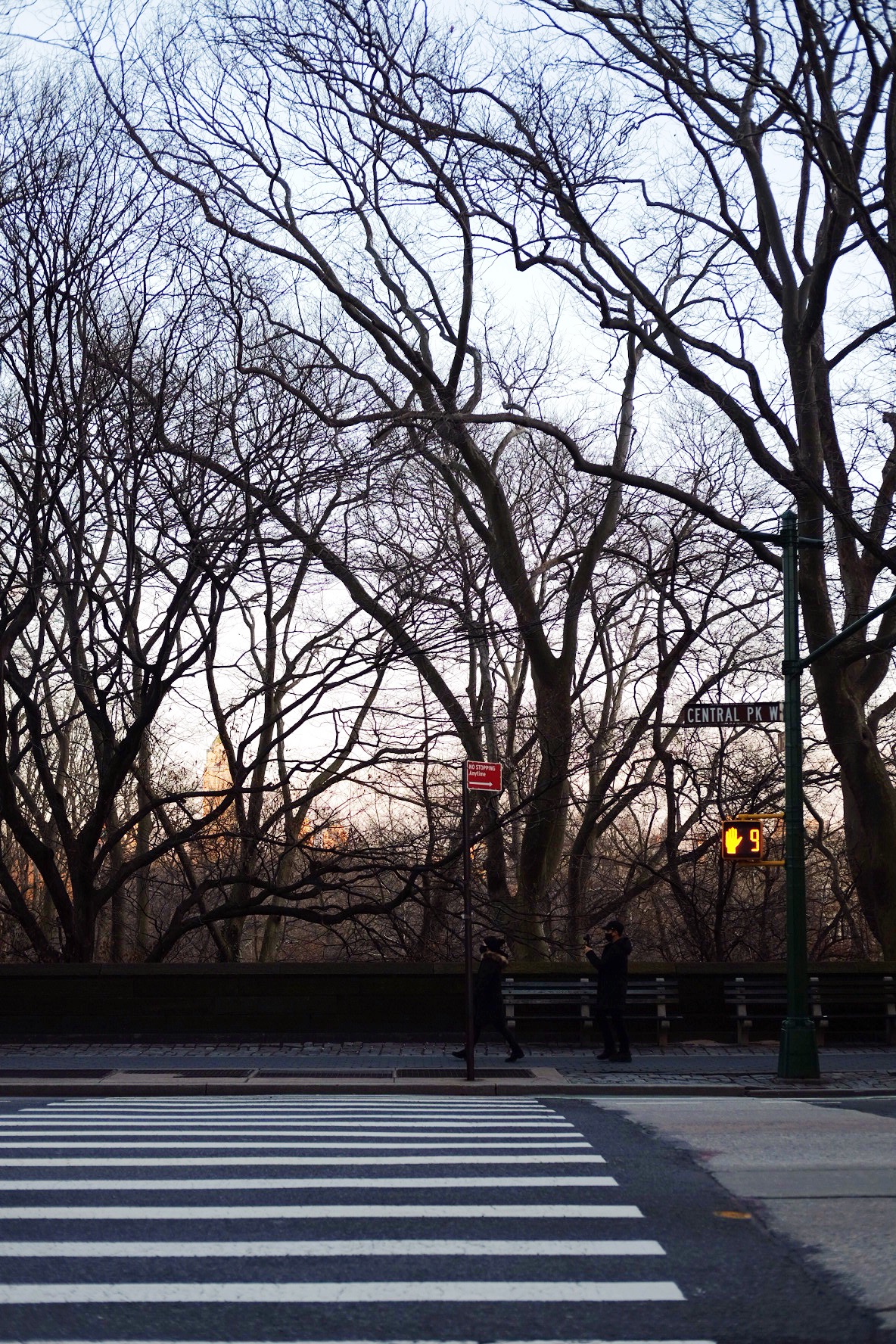
A big part of the content in my brain-computer interfaces class involves learning about how the brain works in detail. This has been really interesting for me (despite the endless acronyms - EEG, ERP, SMR, ERD, OOM, blah, blah, blah).

Your brain is responsible for everything you experience consciously and unconsciously, and we really don't understand it very much at all.

The small insights we do have indicate that it's much more complicated than you'd think. There are about 90 billion neurons in your brain, and the patterns they use to communicate can involve just about any combination of them.
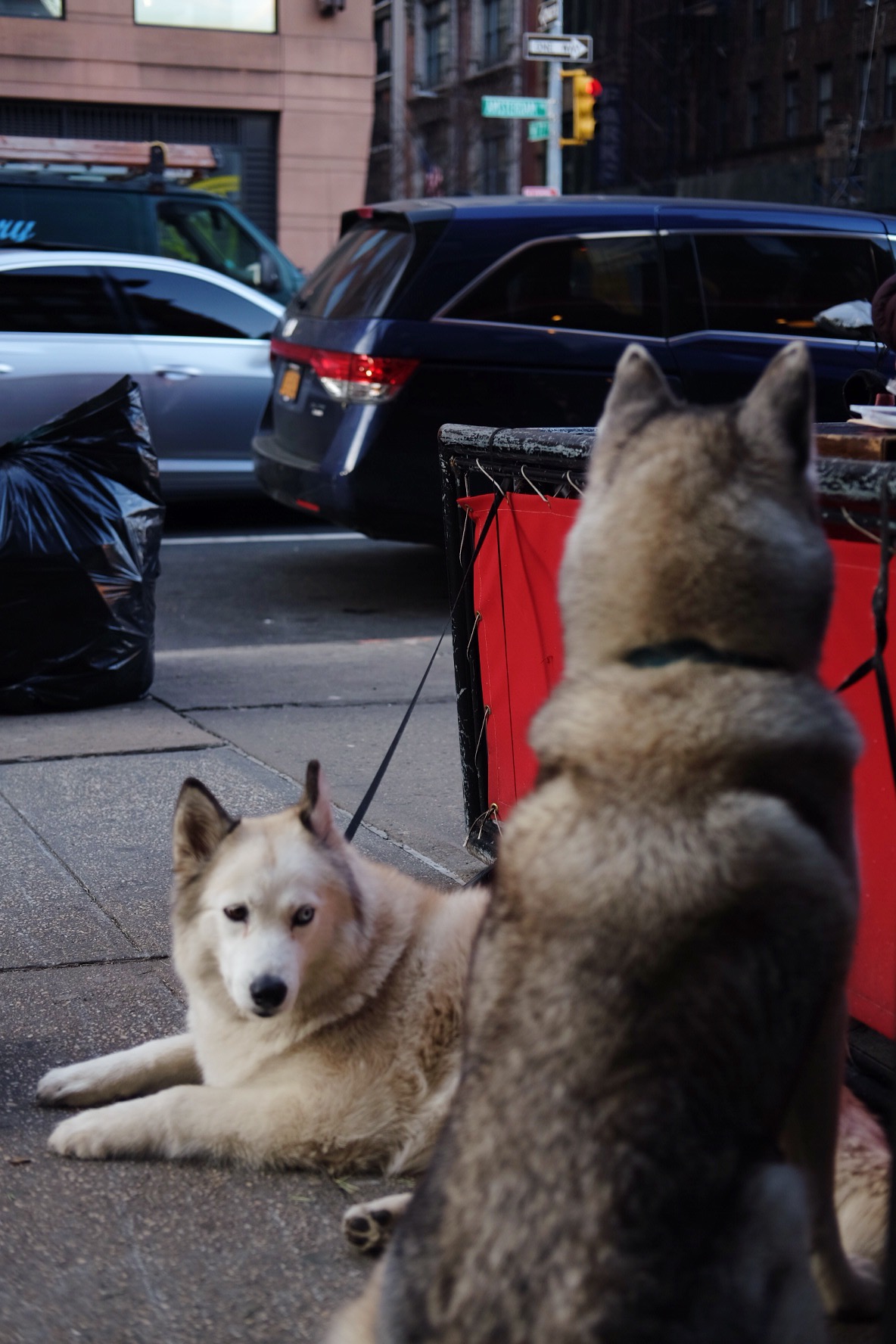
Someone did the math and it turns out that there are likely more connections in the human brain than subatomic particles in the universe, which is more than 10^80 connections.
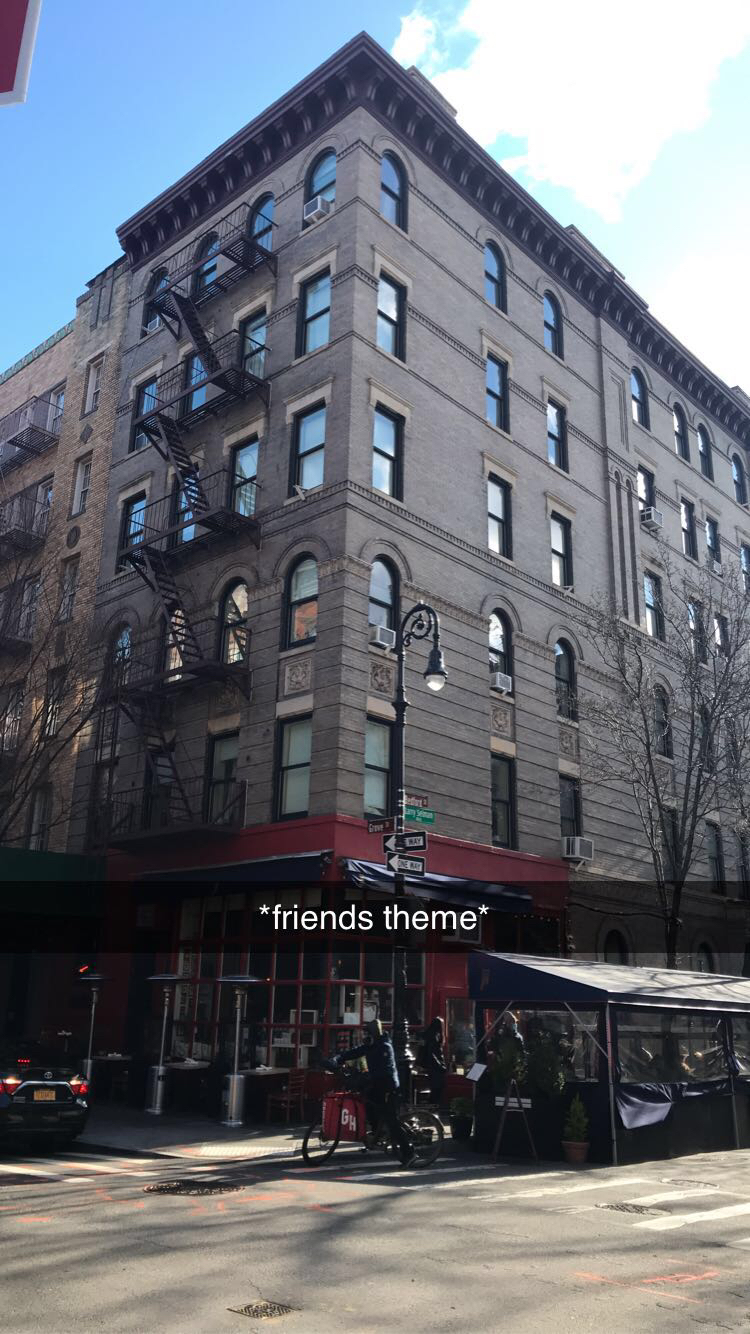
The brain is the vehicle through which we make sense of the world, and we will likely never understand it, but the stuff we have figured out is pretty sweet.

For instance, passive observation of movement evokes responses similar to those generated during actual activity. When you watch someone do something, your brain is making the same signals that it would if you were actually doing that thing.
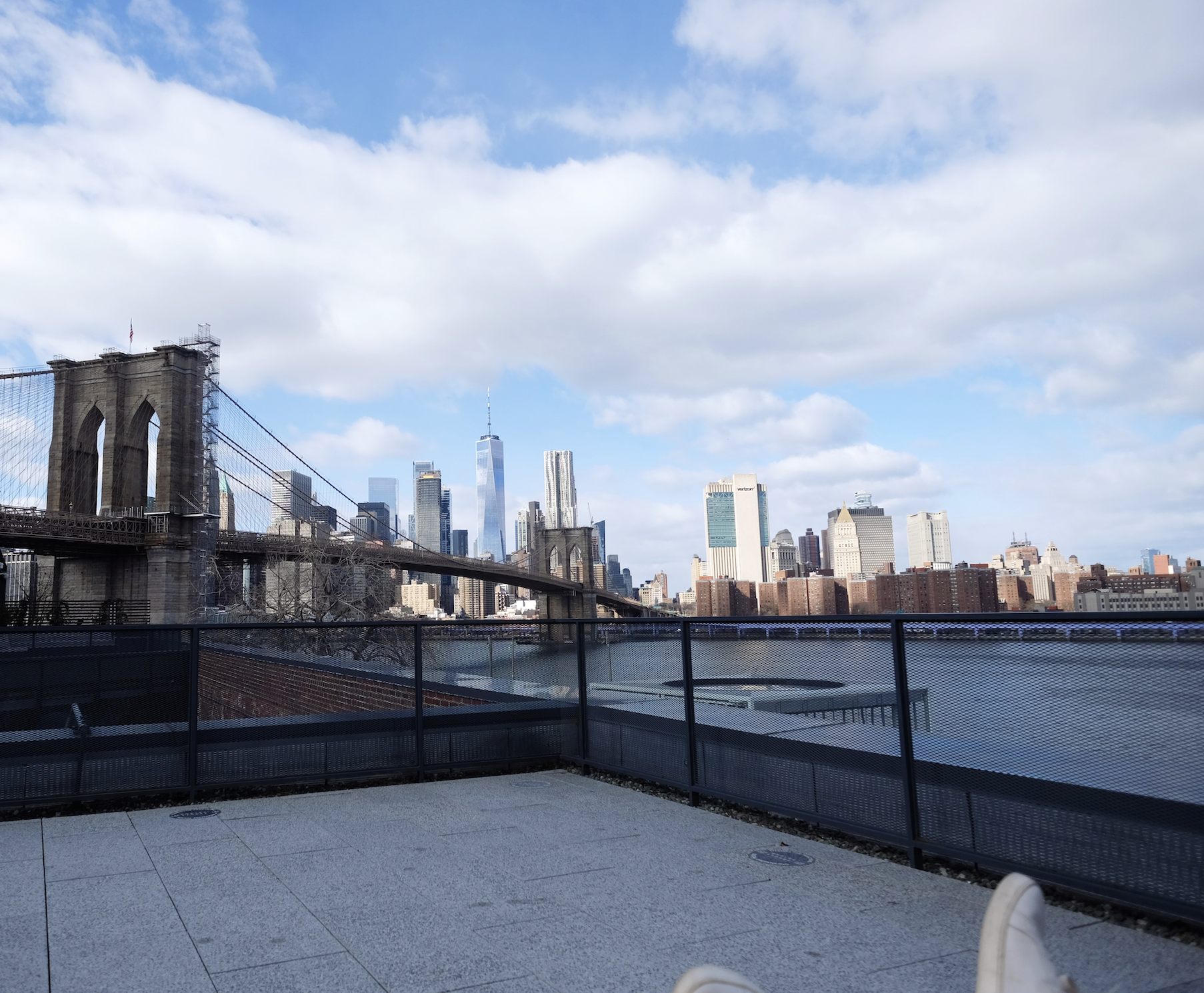
Humans are really good at this. We watch someone do something, we figure out how they are doing it, then we do it. (This process doesn't work nearly as well over zoom.)


Another one is that slow brain wave activity during sleep is involved in the consolidation of neuroprosthetic skill. That's something that you've been told your whole life: get a good night sleep before a test.

To successfully integrate new features into your model of the world, you need to sleep. It appears obvious, but it's another level of convincing when you see statistical evidence.

Small revelations like these are particularly enjoyable, because they allow you to express something you knew already but couldn't put into words before.

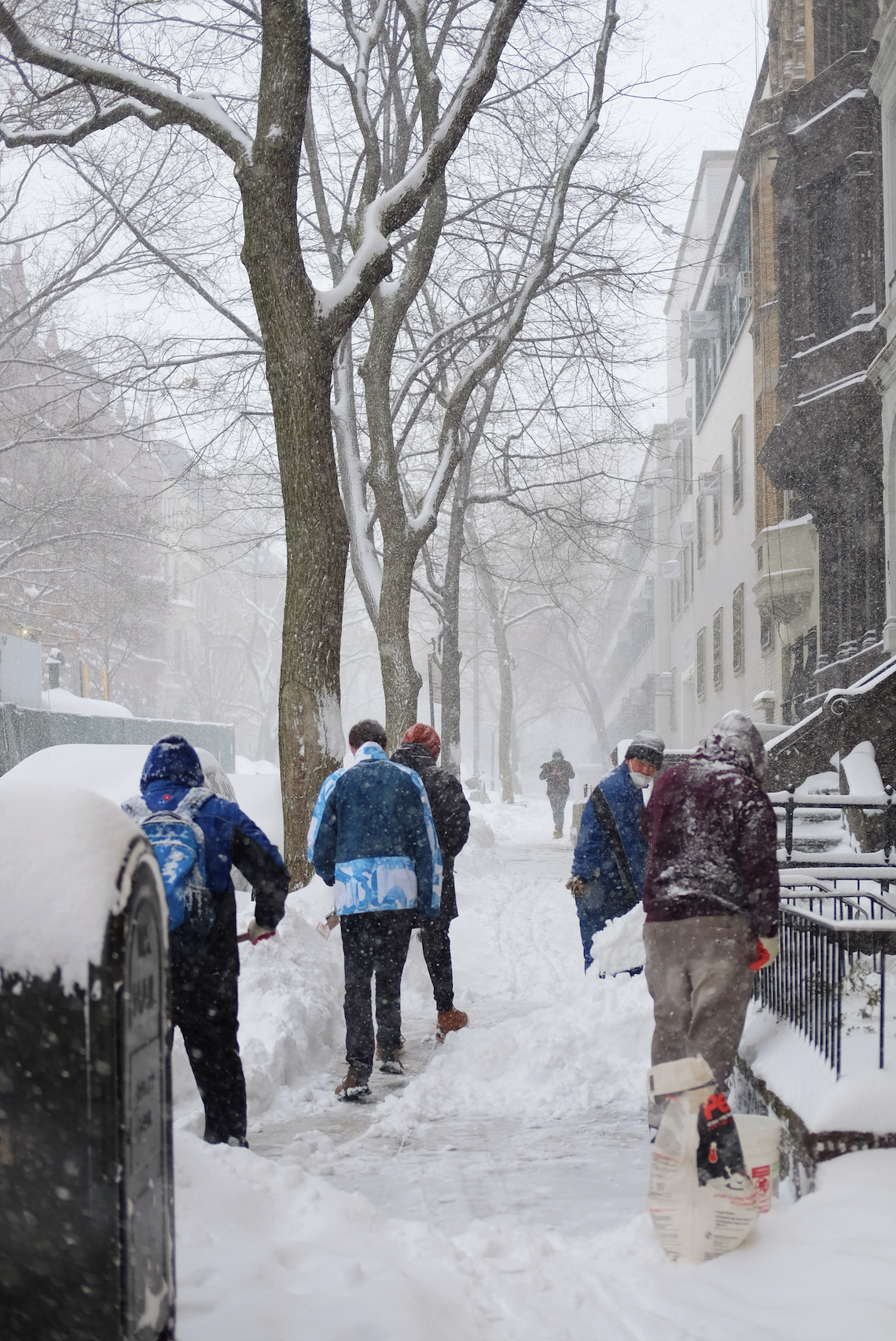
It's been snowing a lot.

It was cool for like a week but now I'm so over it.

But it is pretty.

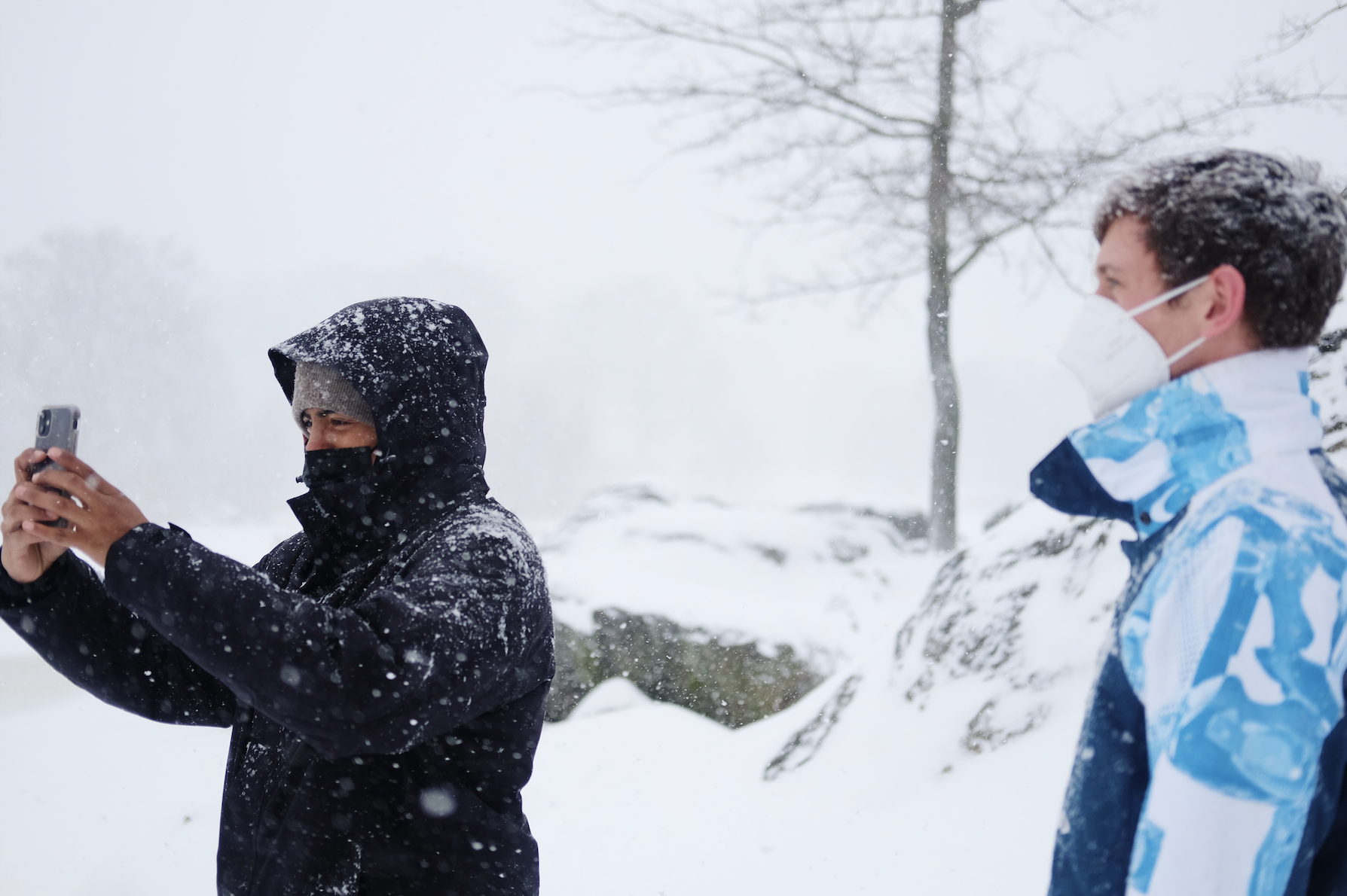
It's strange to think that I'm almost halfway done with Columbia.

My degree timeline is 3 semesters, which makes the halfway point half way through this semester.
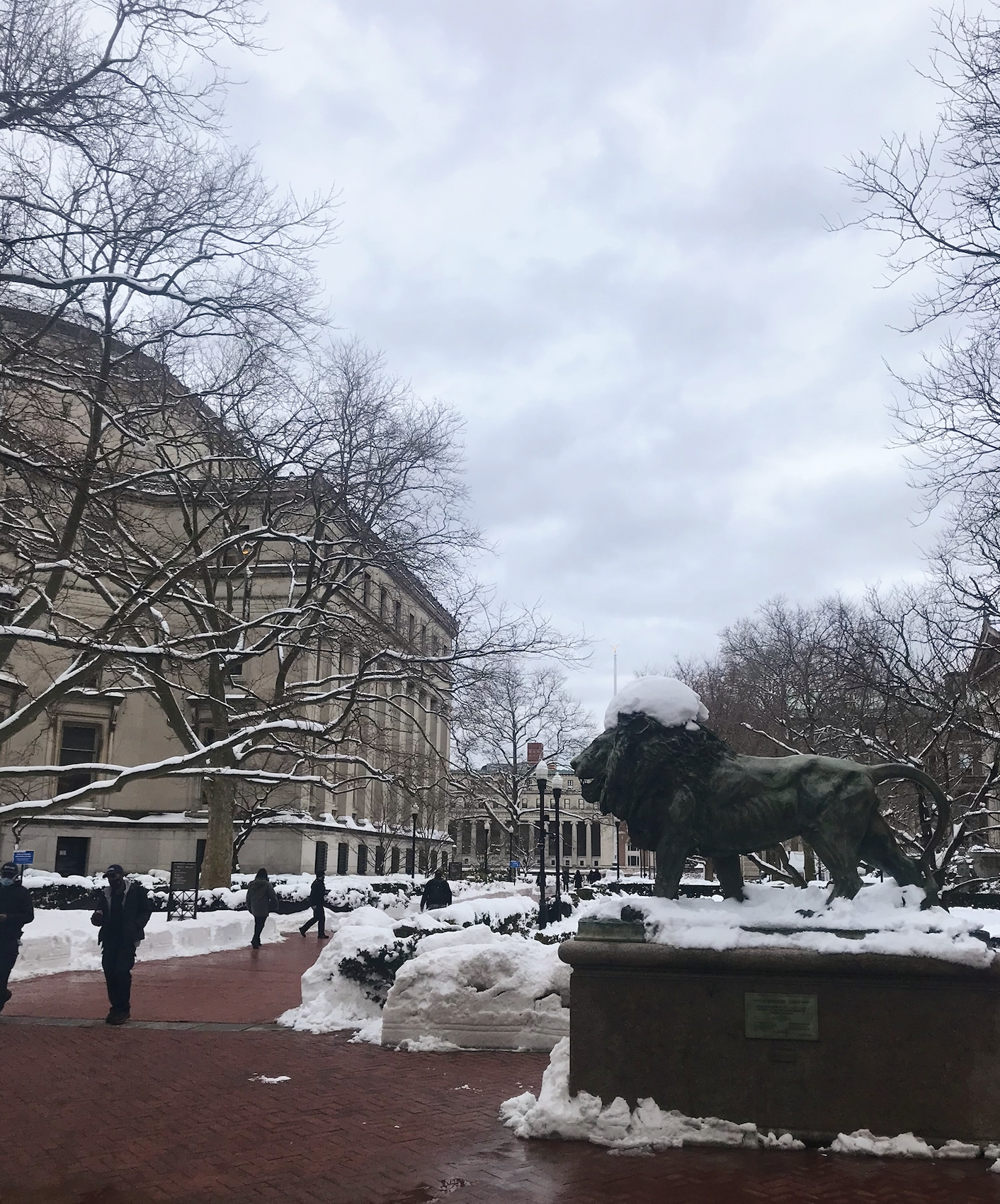
That went quick.
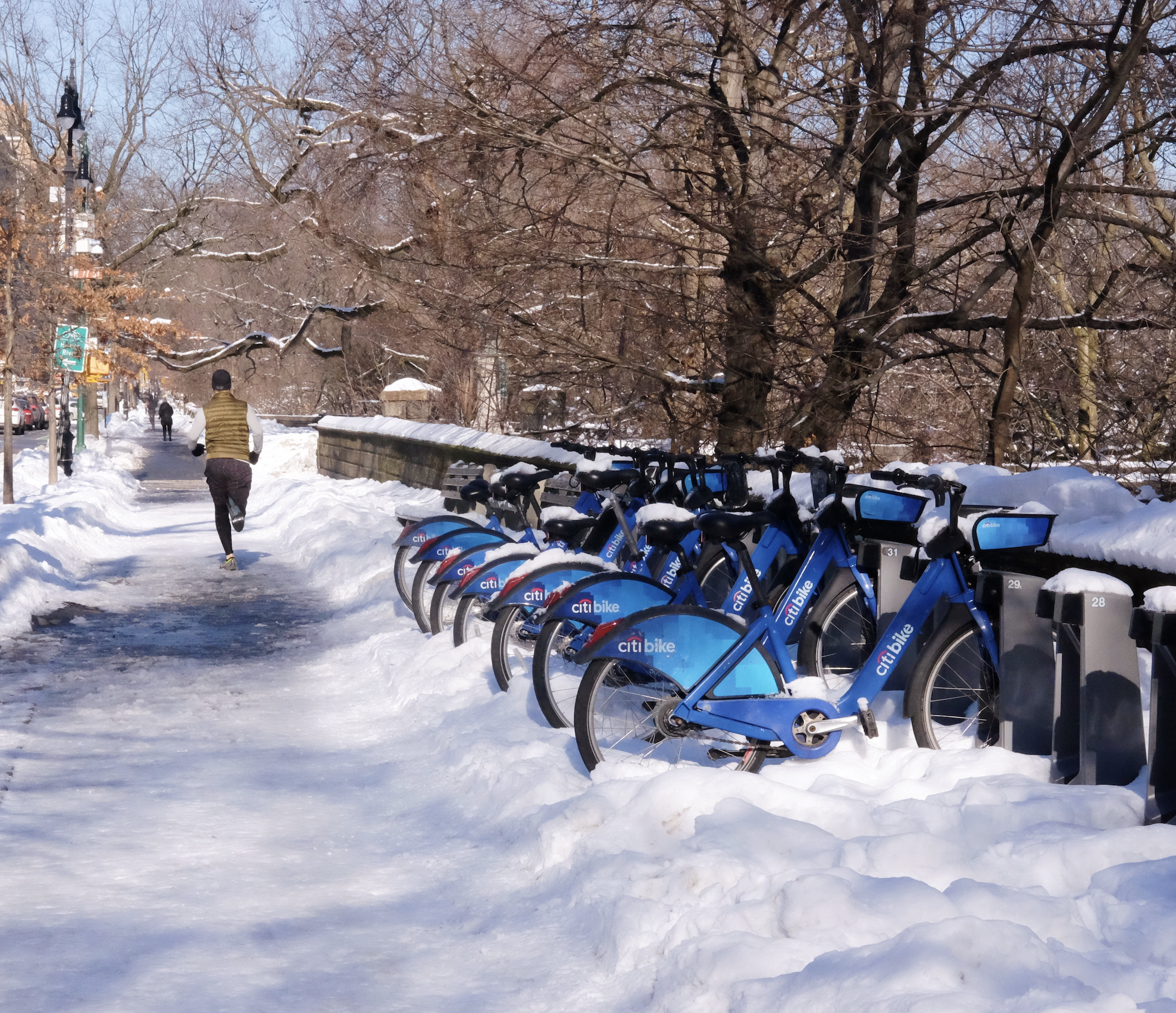
This semester has been notably better than last semester. There are more people on campus, and my professors are making more of an effort to teach in the classroom, even if only 3 students show up in person.
There was even one class where I was the only in person who came to actual class. That was interesting.

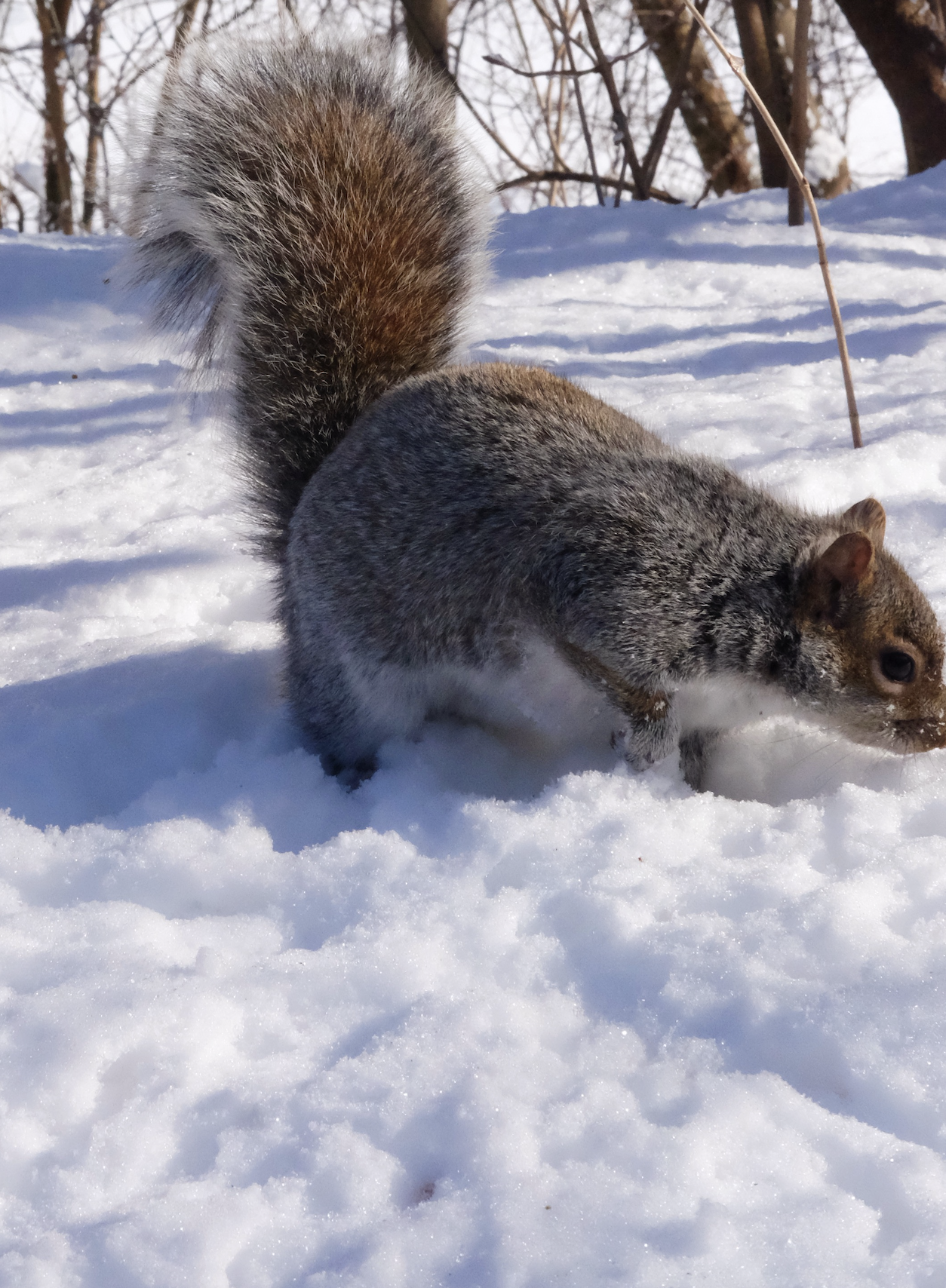
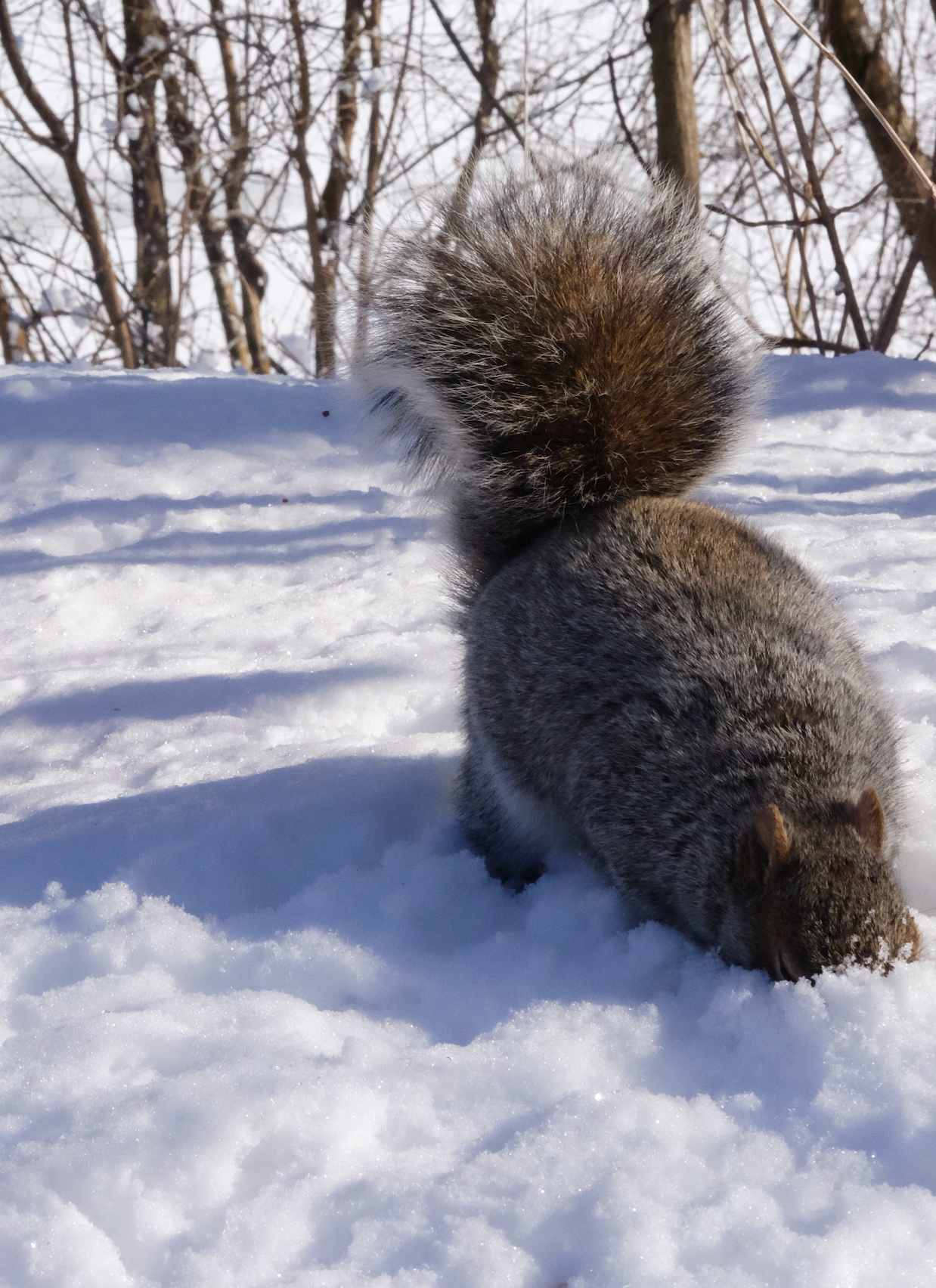

Central Park is beautiful in the winter, even though there isn't a single leaf.

You can see farther than in the spring when the foliage is blocking the view. It feels very open, which is so strange considering how dense Manhattan is.
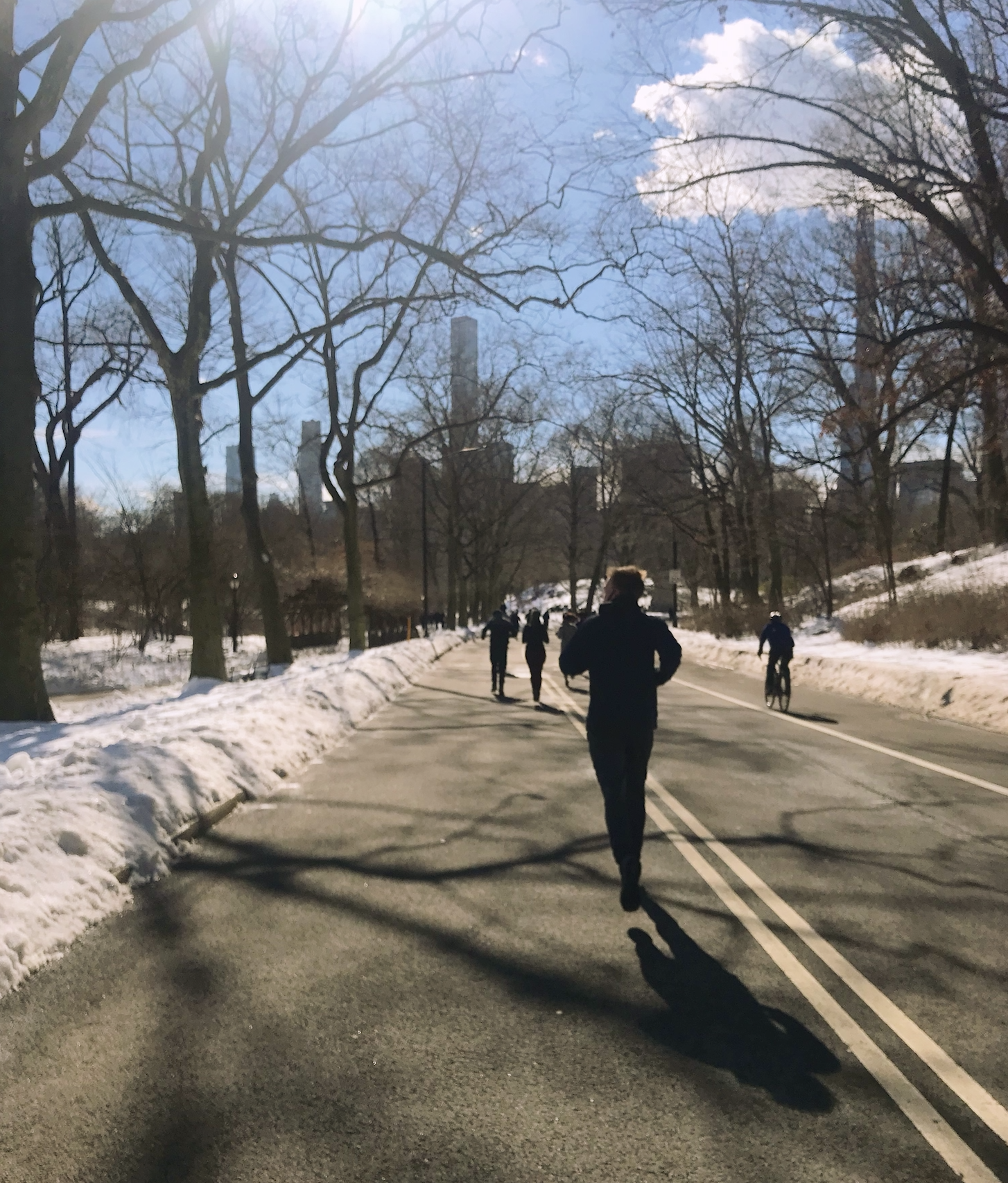
John Dale came to visit for a week. That was awesome. Crossan also got a break from the Yale grind and came up to say hey one Saturday. It's always good to see the boys.
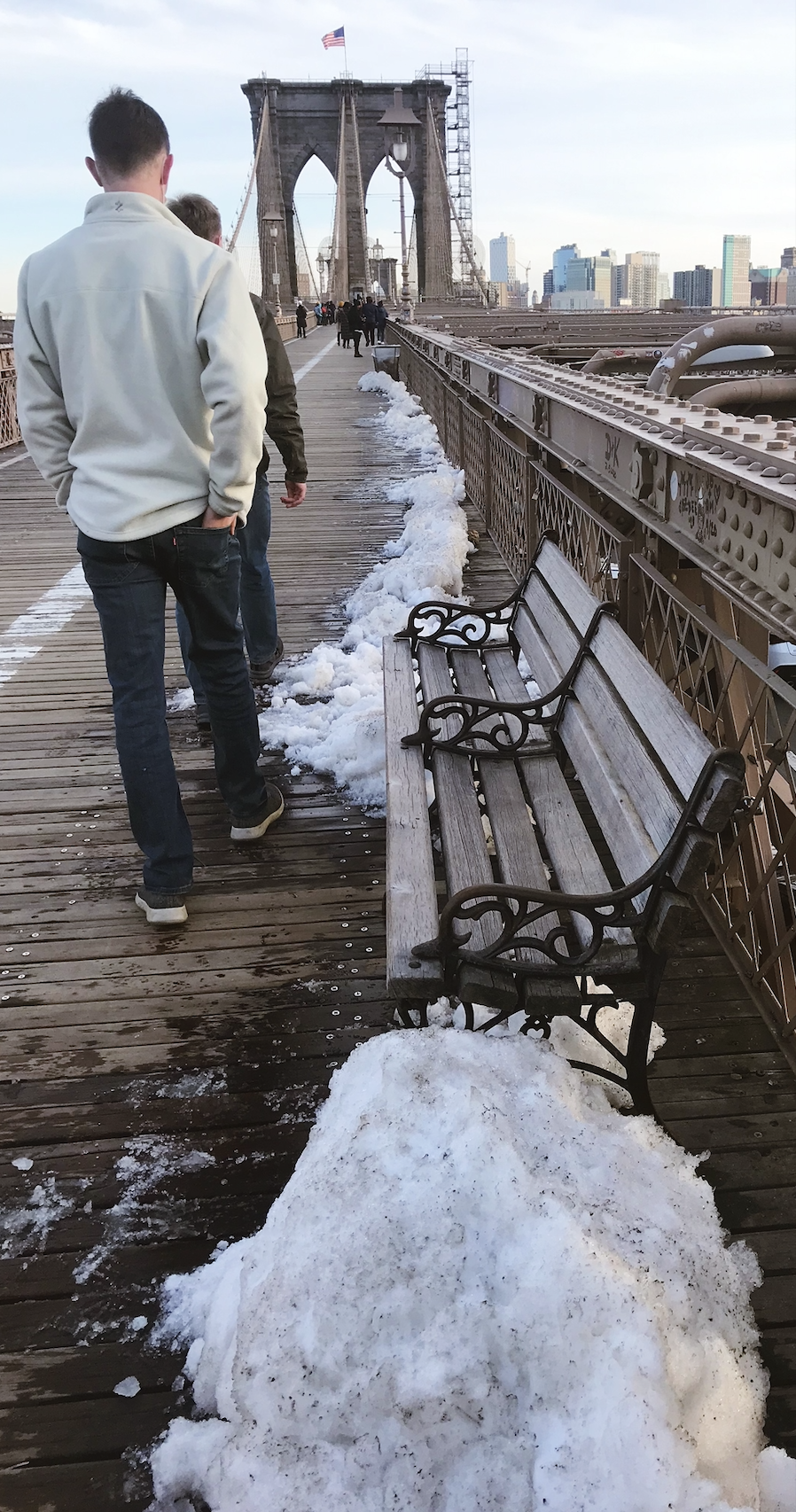

JD was obsessed all week with collecting cans to turn in and buy popcorn with. After a week of collecting we went to turn them in and the machine was out of service. Could not have arranged it any better.
Your intuition about things you don't know much about is really bad.
If you haven't spent time with something, you probably don't intuitively understand it. For example, in space that exceeds the three dimensions we're used to, really weird stuff happens.
If you look at the ratio of a circle's area to a square's area (2 dimensions), it's this:

$$\frac{\pi r^2}{(2 r)^2} = \frac{\pi}{4} \approx 0.8 $$
And the ratio of a sphere's volume to a cube's volume (3 dimensions) is this:

$$\frac{\frac{4}{3} \pi r^3}{(2r)^3} = \frac{\pi}{6} \approx 0.5 $$
If we look at the ratio with something like 20 dimensions (n = 20), the ratio is already very small:
$$\frac{\pi^{10}}{\Gamma(11)} \approx 0.026 $$
If you continue adding dimensions like we just did, the sphere does something really interesting. It disappears.
We can see this by taking the limit of the ratios with respect to the number of dimensions. That's given by this expression:
$$\lim_{n\to\infty} \frac{\pi^{\frac{n}{2}}}{\Gamma(\frac{n}{2} + 1)} = 0$$
One interpretation of this is that as we increase the dimensionality of a space, we need more and more stuff to fill it up. So if you increase the dimensionality, but leave the same amount of stuff, the space becomes really sparsely populated. In the context of algorithms, this is called the curse of dimensionality, and in every other context this is called fascinating.
